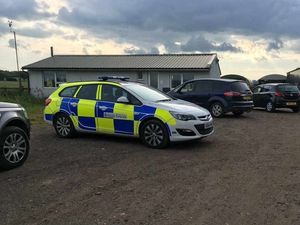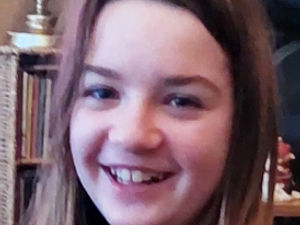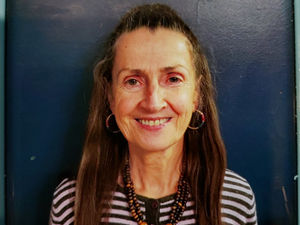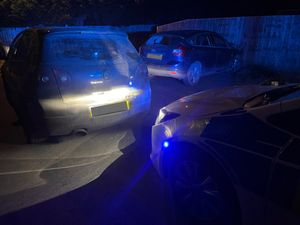Microlight safety probe after Shifnal death crash
Investigations are to be conducted into the type of microlight which crashed killing two Shropshire men in Shifnal.

A total of 16 Rans S6 microlights since 1994 have been involved in accidents similar to one involving two men from Market Drayton who were killed as they were preparing to land at Shifnal Airfield.
A report, published today into the accident, says the the Light Aircraft Association (LAA) is conducting a review of accident data, on this and similar types of microlight, and a flight test program, to determine what factors may have contributed to these accidents.

Former RAF man Michael Sumner and his friend Tony Crocombe, both from Market Drayton were killed when the microlight they were flying in was seen to stall and possibly enter a spin before a steep descent to the ground on May 30, 2016.
The pair had taken off from Longford Airfield near Market Drayton, where the aircraft was based and where both men were members, and was preparing to land at Shifnal Airfield.
The two men were pronounced dead at the scene of the crash and post mortem examination identified the cause of death for both men as multiple injuries.
Mr Crocombe, who was born in Lancaster, was an aircraft engineer and Mr Sumner was a records officer at Stoke Heath Prison.
It later emerged that Mr Crocombe had bought the aircraft just the month before.

The Rans S6 Coyote II aircraft was a home-built kit variety and had been built in 1992. It had several previous owners.
A report published, by the Air Accident Investigations Branch, said there was no other traffic near Shifnal Airfield at the time of the aircraft's arrival.
The report says: "Two witnesses, who were outside, recalled hearing a “downwind” report from G-MYES on the flying club’s radio and at the end of the downwind leg the aircraft was observed turning right towards the final approach leg for Runway 28.
"The aircraft then made a further turn onto an easterly heading but witnesses did not agree on the direction of the turn. One witness described the turn as being 'quite steep' and at a low speed. During the turn, the aircraft was observed to roll abruptly, in a manner suggesting a wing-drop stall, from which it recovered.
"Then, a little further from the airfield, still on an easterly track and at low height, the aircraft banked left and appeared to enter a spin, descending from the witnesses’ view.
"Realising that impact with the ground was inevitable, the witnesses rapidly made their way towards the aircraft, while telephoning the emergency services.
"Another witness, not at the airfield, had a clear view of the field into which the aircraft descended and saw the final part of the descent. He described the aircraft being pitched nose-down, approximately 80°, and turning through at least 300°. The wreckage was found in the field, with both occupants having sustained fatal injuries."
The report added that the flight seemed to be routine and the aircraft was serviceable, with sufficient fuel. The weather conditions were suitable, with the surface wind favouring a landing on Runway 36 at Shifnal Airfield.
The pilot, Mr Crocombe, was appropriately qualified and had accrued a total of 185 hours, of which seven hours and 45 minutes were logged as being on the microlight, including one hour of flying with the previous owner. He had also visited Shifnal previously.
In conclusion, the report says: "The LAA is conducting a review of accident data on the aircraft type, including a comparison with the accident data for similar types of microlight, and a flight test program to investigate factors that might contribute to this aircraft’s accident rate."
The LAA will also be producing a series of pilot’s notes for the aircraft.





